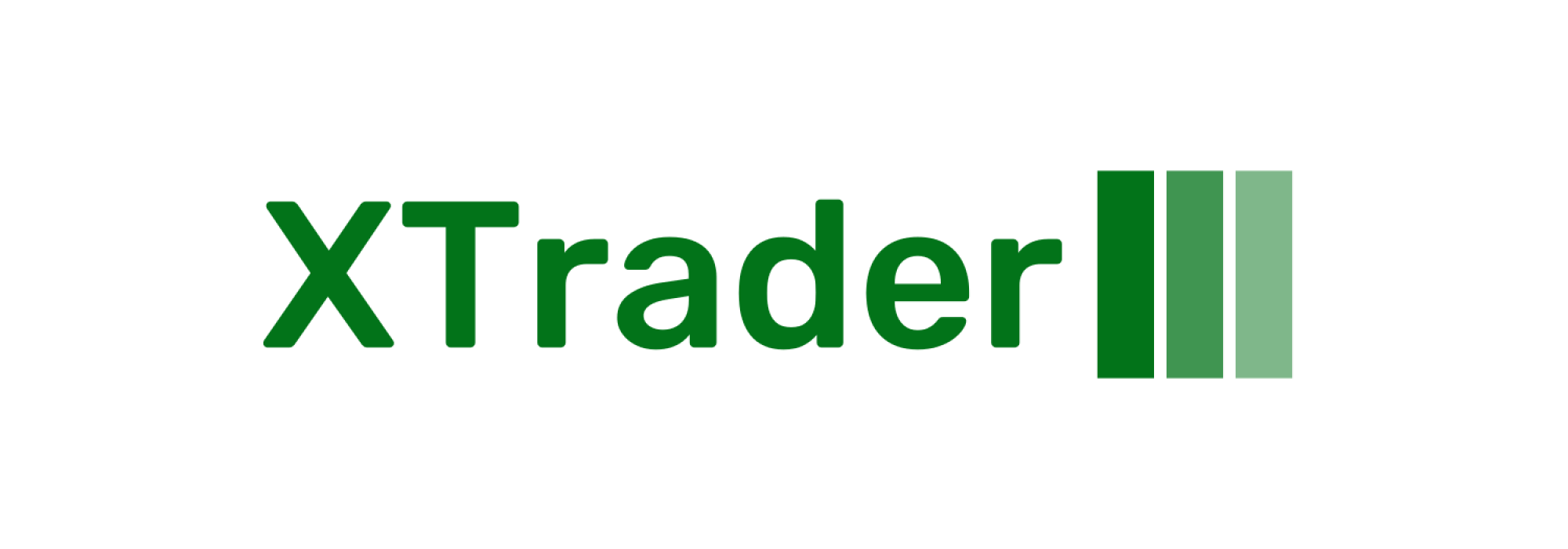To commence the third quarter of 2023, the market witnessed a sustained momentum in economic surprises, reinforcing the notion of a soft landing but leaving room for potential further Fed rate hikes. The narrative of disinflation also gained prominence, with June’s core PCE inflation registering 0.2% MoM and 4.1% YoY, marking the softest reading since September ’21. Q2 GDP surpassed expectations at 2.4% (SAAR), driven by robust consumer spending. Consumer confidence reached its highest level since mid-2021, reflecting increased optimism about the labor market. Jobless claims were below forecasts, and headline durable goods orders for June exceeded expectations, except for the new-home sales report, which fell below expectations.
The Federal Reserve implemented a 25bps interest rate hike, raising the target rate to 5.25-5.50%, aligning with market expectations. The key question now is whether the board has reached the peak rate or if one or more hikes are in store to conclude the year. Chairman Powell, in the post-meeting press conference, emphasized that the Fed’s 2% inflation target “has a long way to go” but hinted at the possibility of holding rates steady in September. Market expectations, however, currently suggest a less than 50% chance of another 25bp rate hike this year.
July also marked the release of the first half of 2Q ’23 earnings reports. At the midpoint of the season, S&P 500 companies reported a blended earnings decline of -7.3%, the largest since Q2 2020. Although companies reported positive EPS surprises above recent averages, the magnitude of those surprises fell below recent norms.
On a total return basis, all sectors ended the month higher, with Energy leading at 7.4%, followed by Communications (+6.9%), and Financials (+4.8%). Healthcare was the laggard, returning only 1.0%.
In terms of earnings, with 51% of S&P 500 companies reporting Q2 earnings, 80% reported positive EPS surprises and 64% reported positive revenue surprises. The average EPS beat was just under 5.7%, with an average revenue beat of under 1.7%. The current blended earnings decline of -7.3% would mark the largest since Q2 2020.
Consumer Discretionary stocks reported the most significant EPS upside with an average beat of ~12.4%, followed by Communications with 7.6% and Industrials with 7.0%. Top-line beats were led by Consumer Discretionary, with an average surprise of 5.3%.
Regarding growth, 68% of companies reported revenue growth, with 30% declining and 2% flat, and an average growth rate of just under 2.1%. Materials companies experienced the most significant hit, with only 31% reporting growth and an average decline of (-11.8%). Consumer Discretionary had 68% of companies reporting growth, with an average upside of 16.4%.
The forward 12-month PE for the S&P 500 is 19.4, above the five-year average (18.6) and 10-year average (17.4), according to FactSet.
In terms of two-day price action following earnings prints, Materials saw the most significant gains with an average jump of 0.9%, followed by Energy at 0.6%. However, all other sectors saw two-day declines, with Real Estate stocks falling the most at -2.7%, followed by Utilities at -2.3%, and Consumer Staples at -1.8%.
